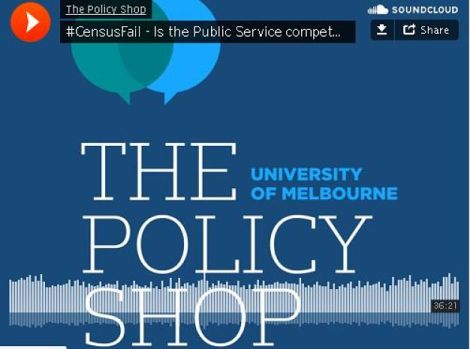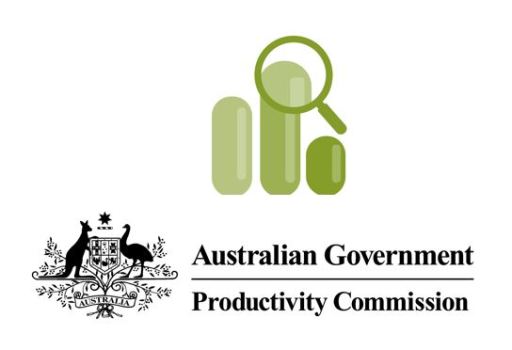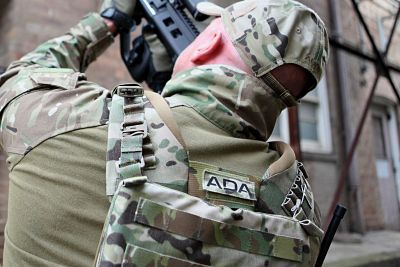
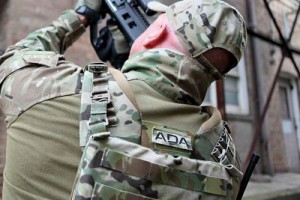
Border Force has copped plenty of political flak for sourcing its bold new uniform from overseas, but an Australian factory – with a century of history steeped in military tradition – is proving that local manufacturing of workwear is fighting fit and ready for service on the frontline.
The company that still makes the Australian Defence Force’s battle fatigues and protective wear, ADA, says it’s now putting on more staff to cope with a rise in demand. ADA currently employs more than 100 people at its Bendigo factory to turn out in excess of 300, 000 garments a year for the ADF and fire services.
It’s a turnaround that’s been spearheaded by change in sentiment from a growing number of government agencies and industrial companies that increasingly put a premium on the quality, comfort and durability of the garments issued to frontline workers – instead of just chasing down the cheapest possible price.
Australian military uniforms are still the bedrock of ADA, which started out more than a century ago in 1912 as the Commonwealth Government Clothing Factory and later became known as Australian Defence Apparel.
The reality of the military uniform business is that very few armed forces shop overseas for their battle wear; not least because offshored critical supply lines can become more than a little tenuous in times of crisis.
Beneath the Camouflage
Camouflage could be a comfortable niche to for ADA stick to — but what’s set company apart and helped it grow as a local manufacturer is a concerted push to get innovative, high quality products into sectors like emergency services, health, transport and utilities.
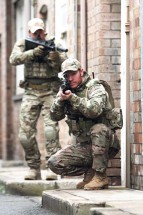
Matt Graham, ADA’s chief executive, is forthright about Australia needing to retain its capacity to make things.
“ADA has a strong commitment to the long-term sustainability and capability of Australian manufacturing”, Graham says, adding the company has “continued to thrive in Australia’s flagging manufacturing sector because we place emphasis on, ideas, innovation and incorporating new global technologies into our business.”
In terms of clothing research and design, military combat wear remains at the apex of design in terms of using new materials and technology to enhance physical protection, durability and comfort – hardly surprising given that soldiers rely on what they wear to stay alive and provide a fighting advantage.
Those advances in textile technology and design are now flowing down to other services.
“With a 100-year history of creating uniforms designed to keep our armed services safe, we are now also applying our expertise to make work safer for Victoria’s police force, ambulance workers, and utility workers,” Mr Graham said.
The growing public sector client list is impressive. Customers outside Victoria and the ADF include the Queensland Fire and Rescue, Service Tasmanian Police and New South Wales Health, the latter of which tapped ADA for a “completely new uniform wardrobe, with rollout across the state and full end-to-end inventory and supply chain management” to outfit 80,000 uniformed staff.
Toll Holdings, which employs around 40,000 people globally across 50 countries has also signed on as a customer, as has Queensland’s state owned utility Ergon Energy that has around 5000 staff.
What appears to be getting that calibre of deal over the line is a local commitment to deliver uniforms to customers as a fully integrated service – starting with research, innovation and rapid product development down to online ordering, warehousing and logistics to relieve clients of the burden of running their own uniform stores.
Another driving force is a wider recognition that apart from needing to be functional and fit for purpose, uniforms also strongly influence public perceptions because design quality often makes the difference between personnel looking highly professional and authoritative to cheap and tardy.
And with exploitative offshore textile and garment manufacturing now a prime target for activists and regulators looking to crack down on suspect supply chains, ADA is more than happy to parade its sourcing credentials that it says spans ethical suppliers across the US, Canada, Germany, China, Indonesia and Tunisia.
Helping Hand
There’s an equally strong a strong commitment to corporate social responsibility at home in Australia, especially as uniform Australian Defence Force Personnel return home from combat zones in the Middle East.
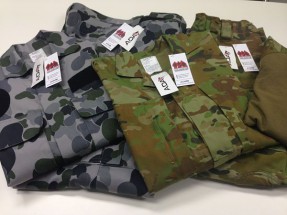
As the company that supplies soldiers with the uniform that they serve in, ADA has partnered with defence mental and physical support not-for-profit, Soldier On, to provide prominent contact details of the organisation on the ‘swing-tags’ (like shop price tags) that ship with every uniform.
“ADF personnel will now learn about the free, tailored mental health services available to them, right from the first time they pull on their army gear,” ADA CEO, Matt Graham said.
With the tags shipping with on more than 500,000 Australian Defence Force (ADF) uniforms, it’s a big direct marketing push that gets a positive message across to troops earlier rather than later.
“These tags are one way the ADF is saying it’s OK for soldiers to ask for help,” Mr Graham said.
“It also shows the ADF is responding to the prevalence of mental illnesses among its personnel, and that there are services nationwide, provided by Soldier On, to help those suffering,” he said.
ADA estimates it will produce more than 40,000 army garments a month that will featuring the Soldier On tag.
Soldier On chief executive, John Bale, says that the uniform swing tags featuring the organisation’s contact details are essential to spreading the word about the free mental health services and programs they offer.
“Those seeing the tags are likely to know someone who might need assistance, or might need help themselves, and will now have a better idea of how to find it,” Mr Bale said.
“These types of activities have been proven to improve the rehabilitation of those affected by their service, and are the first step towards improving the support offered to our veterans and their families,” Mr Bale said.
Comment below to have your say on this story.
If you have a news story or tip-off, get in touch at editorial@governmentnews.com.au.
Sign up to the Government News newsletter

